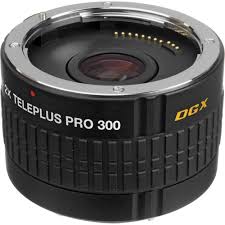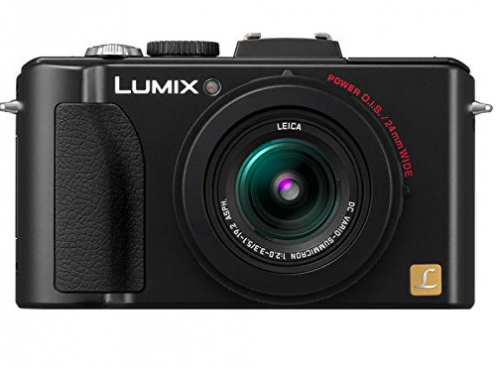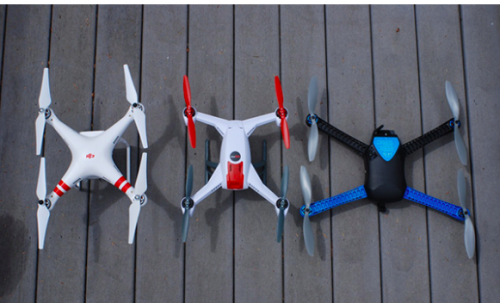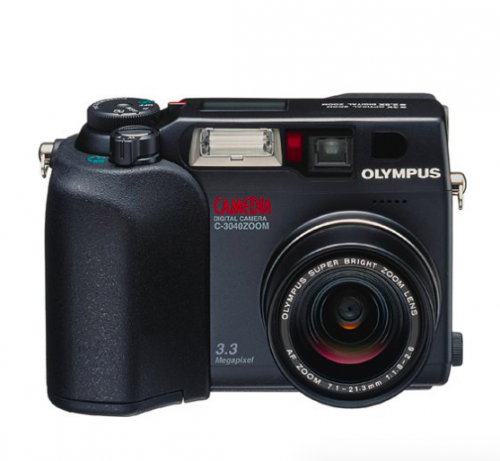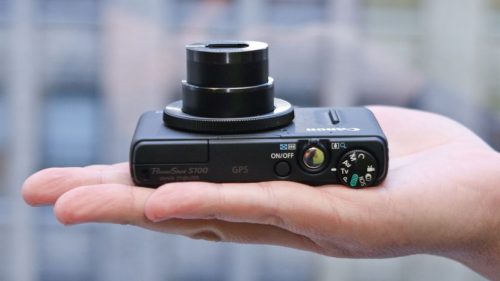
Though many point-and-shoots are the province of the girl-who-obsessively-documented-every-party-in-college demographic, every so often there’s one that makes self-styled serious photographers stop and say “whoa.”
The Canon S90 was one of them, as was its successor the S95, and the newly-released Canon S100 is the family’s most accomplished member yet. And unlike the S90’s jump to the S95, this upgrade gains meaning through a new body and new sensor.
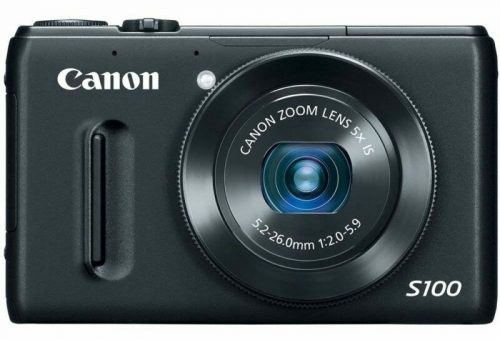
It’s slim enough to actually fit in your pants pocket, but its bigger-than-usual image sensor makes for beautiful snapshots, even in low light. In fact, many reviewers find that it outperforms other cameras much larger in size and it’s leagues above the quality on even an iPhone 4s and other great smartphone cameras, so you need not worry if this is a worthy addition to your handset. It’s a true pocketable powerhouse.
At Wired, comparing the S100 to the S90, a product about which the reviewer says he penned “just about the most rave review of my career,” Mark McClusky deemed the new version “better by just about every measure” and said in their testing, “the S100 handled every situation we threw at it beautifully.”
And our friends at DigitalCameraInfo, too, gave the S100 high praise: “It’s a camera that fulfills the promise of every ultracompact: to cram an astounding level of power into a tiny, portable body.” They even say it compares favorably to Canon’s monster entry level point-and-shoot, the G12: “And while the G12 certainly looks more professional, those who’ve done their research will know the compact S100 is actually the better camera.”
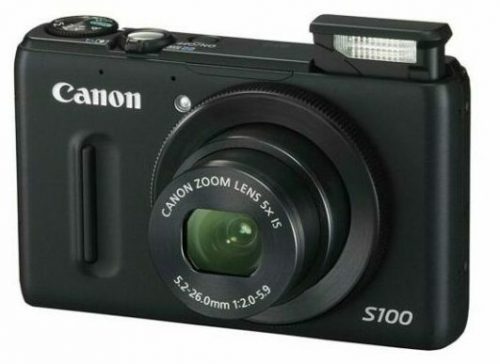
So what’s new with the S100? Quite a bit! It has a new lens (wider and longer than the S95, at 24-120mm equivalent 5x zoom), a speedy image processor, and, most importantly, a new Canon-developed 12.1 MP CMOS image sensor. Reviewers say the S100’s photographs, especially those taken in low-light, look better than ever. And then there’s GPS for tagging and mapping your photos, and the ability to shoot full 1080p HD video.
Like the S90 and S95 before it, the S100 will win points with serious photographers with its full manual controls and ability to shoot in RAW. And of course, the S100 maintains the line’s now-signature customizable control ring around the camera’s lens. Set it to whichever parameter you prefer–ISO, aperture, shutter speed–and adjust the values with a satisfyingly click-y turn of the ring.
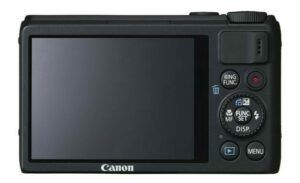
The S100 isn’t the only capable compact camera out there; the Nikon Coolpix P7000 and Lumix L5 are both excellent picks, too. But the bulky body and sluggish software of the P7000 move it down a peg, and reviewers agree that the L5’s less-than-faithful LCD screen can make it tough to accurately gauge a shot’s exposure and color. In a nutshell: don’t worry about those other point and shoot cameras.
The S100’s main weakness, as reviewers like Gizmodo’s Roberto Baldwin note, is its relatively wimpy battery life–don’t expect many more than 200 shots per charge–and others models will likely offer better performance in that regard.
All in all, the third iteration of Canon’s much praised high-end PowerShots, the S100, proves that it’s still at the head of the pack. P.S. If you have an S95 already, you don’t need an S100. And if you think you can live without GPS tagging, full 1080p HD video, or some of the other bells and whistles offered by the S100 (and you probably can), the now-discounted S95 might be a better buy. At $329 new, it’s $100 less than the S100’s retail price tag. And even though the S100 brings the new image sensor, lens, and processor, unless you’re a seriously experienced photographer pushing the camera to its limits, you likely won’t notice the difference.


